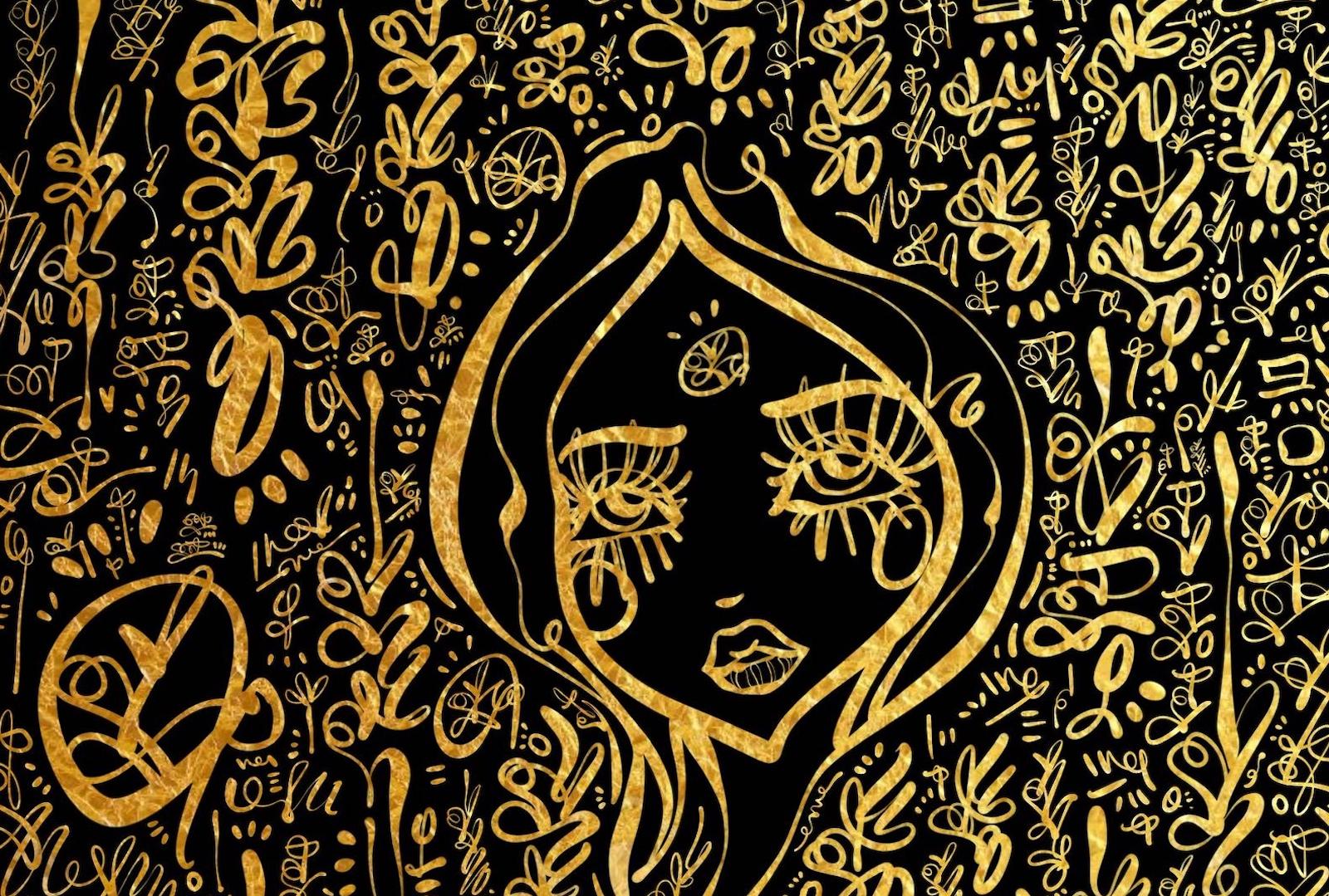29/07/2021 The NFT Art Market Explained & How to Participate Safely

Even if you can’t hold it in your hands, it is still art—at least, that appears to be the consensus as of mid-2021, when the NFT art market has mushroomed by more than 800 percent—or $429 million—in value since the year began.
Nonfungible tokens (NFTs) are certificates of ownership of a digital product, such as a jpeg, gif, or video. These certifications are recorded on a blockchain, a digital ledger where transactions are recorded in groups—aka, “blocks”—each with limited storage capacity. Once each block is filled, it is chained to another, empty block. Any data entered into the blockchain is permanent, cannot be changed, and anyone who cares to, can view it.
Real money is being forked over for NFTs, and everyone from up-and-coming artists to megastars like Damien Hirst are getting into the market. Fellow veteran artist Ali Sabet entered the NFT world recently and quickly became a top digital artist, mentoring and working with other artists via the invite-only app Clubhouse, and coordinating collaborative launches with celebrities like George Lopez.
“I think this new and growing market has been exciting for artists,” Sabet says. “Artists are collaborating more, creating breathtaking art, and helping each other every step of the way.”
Ryan McGonagill, director of industry research at Security.org believes that NFTs aren’t going anywhere. “If NFTs follow the path of cryptocurrency, it’s safe to say they are here to stay,” he says. “It might be a slow burn–only 2% of Americans have bought or sold NFTs–but one in five are familiar with NFTs, and it’s likely that number will continue to grow.”
Photographer Max Foster concurrs, adding that this technology will evolve into applications not yet fully understood. “For example, in the art world, NFTs could be a great option to license photos and artwork for use without using a stock photo agency like iStock.”
With growth and consumer acceptance, NFT producers, marketing specialists, attorneys, and, of course, collectors flock to the space. There’s even a brick-and-mortar gallery dedicated to NFTs in Chicago.
Collectors skew mostly under the age of forty-five and male for the moment, and a few pointers are worth remembering while participating safely in the NFT art marketplace.
First, get to know digital artists and their styles, most of whom can be found via their social media handles. Twitter seems to be a hotspot for NFT “drops” (releases).
“You’ll see artists hand selling works on Twitter to collectors. This is also where you’ll find information about new series and get early dibs,” advises Adam Sark, founder of NFT startup platform Spree. For the moment, expect prices to increase quickly. “I had a chance to buy a Bored Ape for less than $800 recently. Today, that Ape is worth $5,000.”
Stephanie Menjivar of consultancy firm Menji urges collectors to proceed with caution. “According to the website cryptoart.io, NFT sales drastically decreased after the NFT boom in March,” she says. But “this doesn't mean NFTs will disappear—they have been around since 2012. Record auction sales coupled with huge media attention changed the game and encouraged people outside of the crypto market to purchase NFTs.”
Tweet-dealing Valuables by Cent co-founder Cameron Hejazi, meanwhile, is concerned that the public believes the NFT market is a scam. “The NFT art movement is battling the perception that it is a Ponzi scheme destroying the planet,” he says. “The reality of the NFT market is that we are dealing with a leveled playing field–now anyone buy, sell, and trade digital art. The fundamentals of the market are nothing new, what's changed is who can access it.”
Risk exists no matter the market, and Menjivar urges buyers to consider tenets familiar to buyers of physical art: “Before buying NFTs, I suggest getting familiar with the kind of art you would like to own. Explore some of the NFT marketplaces like Open Sea, Foundation, and Nifty Gateway. Do your research on how to purchase the NFT. Most marketplaces require you to buy NFTs with cryptocurrency (Ethereum). It’s important to have an understanding of cryptowallets and how much money you’re willing to spend.
Last, make sure you’re purchasing NFTs because you love the work, believe in the artists, and want to support them and not because you want to be part of a fad.” It goes without saying that such a rapidly-growing industry is ripe for fraudsters, so the old adage of “buyer beware” doubly applies here.
No matter what, don’t feel pressure to jump in until you’re ready. Despite all the chatter, “there are not many people actively pursuing these projects,” reassures Sark. “There’s plenty of room for newcomers to jump in and join the madness.”
 (0)
(0)
 (0)
(0)
https://www.artandobject.com/news/nft-art-market-explained-how-participate-safely
